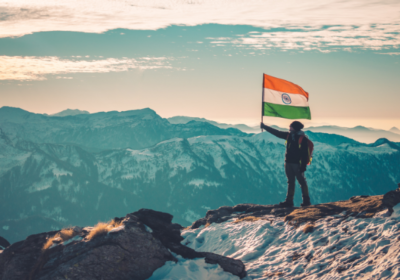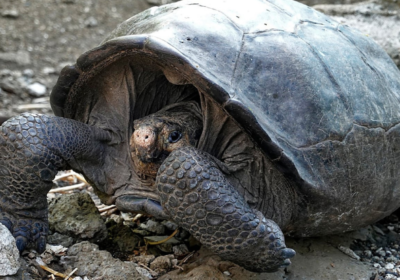What comes to your mind when you hear the word ‘desert?’ A vast expanse of dry land covered by sand, howling winds and an array of camels? Yes, this is true for the hot deserts of our planet. But there are cold deserts as well, where all you find is miles and miles of hardened ice. So, what makes up a desert? Which are the three largest deserts in the world? Read on to find out.
What is a desert?
The textbook definition of a desert says that it is an area that receives little or no precipitation. No rainfall means no vegetation! Deserts are covered either by ice or by sand. The only vegetation that you find here are the desert plants which have special features that help them to adapt to the harsh climates. In short, deserts are not very conducive to the sustenance of human or animal life. But despite the harsh climatic conditions, we find human habitations in many of the greatest deserts in the world.
Deserts in the polar region go by the name ‘cold deserts.’ These deserts experience extremely cold climates throughout the year. Little precipitation that they receive freezes in no time, due to the sub-zero temperature. Cold deserts are enveloped by ice sheets for most parts of the year. On the other hand, hot deserts experience sweltering heat for most parts of the year. They are mostly found near the Tropic of Cancer and Tropic of Capricorn. Although the day temperature in the hot deserts is unbearably high, it drops drastically at night! This variation in temperature is one of the classic features of hot and dry deserts.
Three Largest Deserts In The World
The Antarctic Desert
The Antarctic Desert is the largest desert in the world in terms of area. It is a cold desert. Located at the South Pole, Antarctica is a landmass hidden under permanent sheets of ice. Antarctica is not just a desert, but it is an entire continent. It is the fifth largest continent in the world, and holds the first place among the three largest deserts in the world.
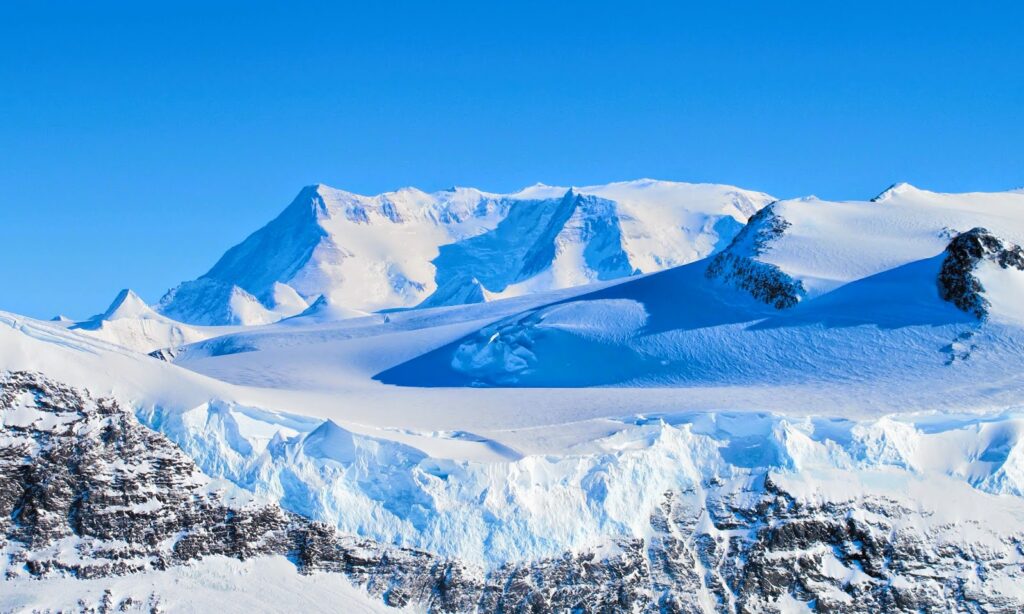
Characteristics of the Antarctic Desert
The largest desert in the world is also the coldest place on earth. The Antarctic region receives very less rainfall throughout the year. Whatever little precipitation it receives is solidified into ice sheets. Icebergs and glaciers are the characteristic features of the Antarctic desert. There are only two seasons in the Antarctic continent, the summer and the winter. Owing to the tilt in the earth’s axis, the Antarctic continent experiences 6 months of summer when it faces the Sun, and 6 months of winter when it is away from the Sun. To be more precise, the region gets six months of daylight and 6 months of darkness. Antarctica is surrounded by the Southern Ocean or the Antarctic Ocean on all sides. Vegetation in the Antarctic desert comprises majorly of lichens, algae, and mosses.
Inhabitants of the Antarctic Desert
Due to its extreme climatic conditions, Antarctica is not suited for permanent human habitations. You won’t find any native ‘Antarctican.’ People travel to Antarctica mainly for scientific researches or for tourist purposes. Several countries have set up research bases in Antarctica, and scientists frequently visit these bases. Although there are no humans, the place is home to several sea creatures such as whales and seals. Lots of penguins can also be found here.
The Arctic Desert
Let us move to the next desert in the list of the three largest deserts in the world. The Arctic Desert is located at the northern tip of the earth, and is again a cold desert. The desert comprises of several islands such as Svalbard, Franz Josef Island, and Severny Island which are part of Norway and Russia. As with the Antarctic Desert, the Arctic Desert is also covered with glaciers and snow for most parts of the year.
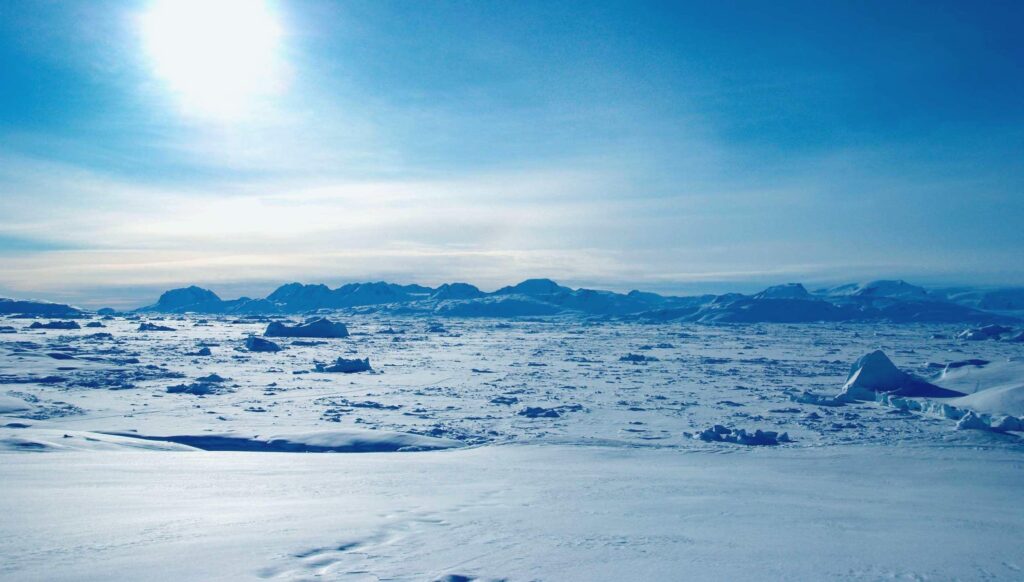
Characteristics of the Arctic Desert
Although the Arctic Desert comes under the umbrella of a cold desert, it is also considered as a tundra. The region experiences long and harsh winters for most parts of the year. Temperature rises above freezing point for short periods in summer which supports sparse vegetation. Plants do not thrive well in the cold climate, and the vegetation here is limited to mosses, lichens and some shrubs. Mountains, glaciers and flat areas are the characteristic features of the Arctic Desert.
One may wonder why the Arctic is called as a desert. Isn’t there an ocean called the Arctic Ocean? How can a land lying in close proximity to an ocean be a desert? This is because the Arctic Ocean remains frozen permanently due to extremely low temperatures. The area around receives very less precipitation which makes it fit to be a desert.
Inhabitants of the Arctic Desert
The land at the northern tip of the earth is not conducive to normal human habitations. However, the Arctic region is home to several indigenous groups such as the Inuits, Saami, and Nenets. Climate changes due to global warming have forced the indigenous groups to move from their original habitats. The harsh Arctic weather rules the lives of these people. It is difficult to grow crops in the extreme cold weather, and so, hunting and fishing are their major occupations. Several animal and bird species such as polar bears, walruses, caribou, and ivory gulls also thrive in the Arctic.
Sahara Desert
Sahara Desert holds the third spot in the list of the three largest deserts in the world. Unlike the Arctic or the Antarctic, Sahara is a hot and dry desert. It is located in the African continent and spreads across the countries such as Egypt, Sudan, Algeria and Morocco. Although Sahara is a dry desert, it is surrounded by water bodies on three sides. It is bordered by the Red Sea in the east, Mediterranean Sea in the north and the Atlantic Ocean in the west. Sahara is the largest hot desert in the world.
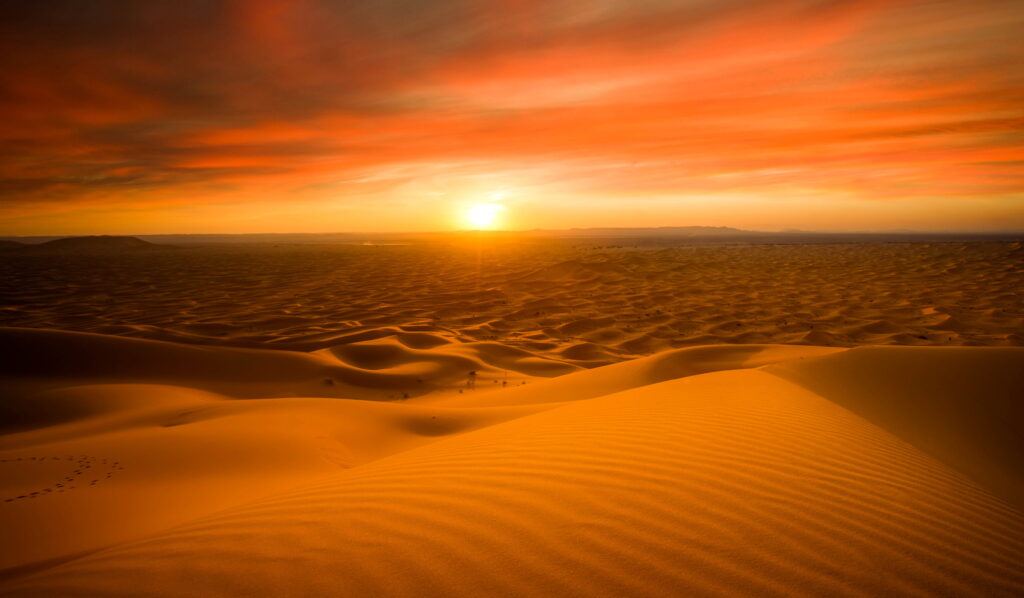
Characteristics of Sahara Desert
Sahara Desert is a mix of sand dunes, dry valleys, salt flats and barren plateaus. It experiences a harsh climate throughout the year. The highest temperature ever recorded here was 580 Celsius. Sahara Desert receives less than 1 inch of rainfall every year. Although the desert experiences sweltering heat during the day, the temperature drops drastically during the night. It can even drop to subzero levels. There are over 20 saltwater lakes in the Sahara. Chad Lake is the only freshwater lake in Sahara Desert. Due to the lack of rainfall, vegetation is sparse, and includes cactuses, acacia trees, and date palms.
Inhabitants of Sahara Desert
Although a hot and dry desert, Sahara is home to several indigenous communities. A few of these communities have settled down near the scarce water sources. They resort to growing crops such as date palms and barley for their livelihood. There are other communities that lead a semi-nomadic life, moving from place to place in accordance with climate changes. Then there is a third group of people who engage in trading by travelling along the ancient trade routes. They are constantly on the move and are permanent nomads. Most inhabitants of Sahara have Arabic or Berber roots.
Sahara Desert is home to several animal species as well. Dromedary or Arabic camel is most commonly found animal of this desert. Special physical adaptations of these camels help them to survive without water for long periods. Traders use camels as their mode of transportation. Apart from camels, we can spot an incredible assortment of reptiles, birds and mammals in the deserts of Sahara. Barbary sheep, oryx, hyena and jackals are among them.
There are many more deserts such as the Arabian Desert, Gobi Desert and the Kalahari Desert which are also huge in terms of their area. Should you wish you learn more about the unique vegetation of deserts, read The Unique Survivors of Deserts.



